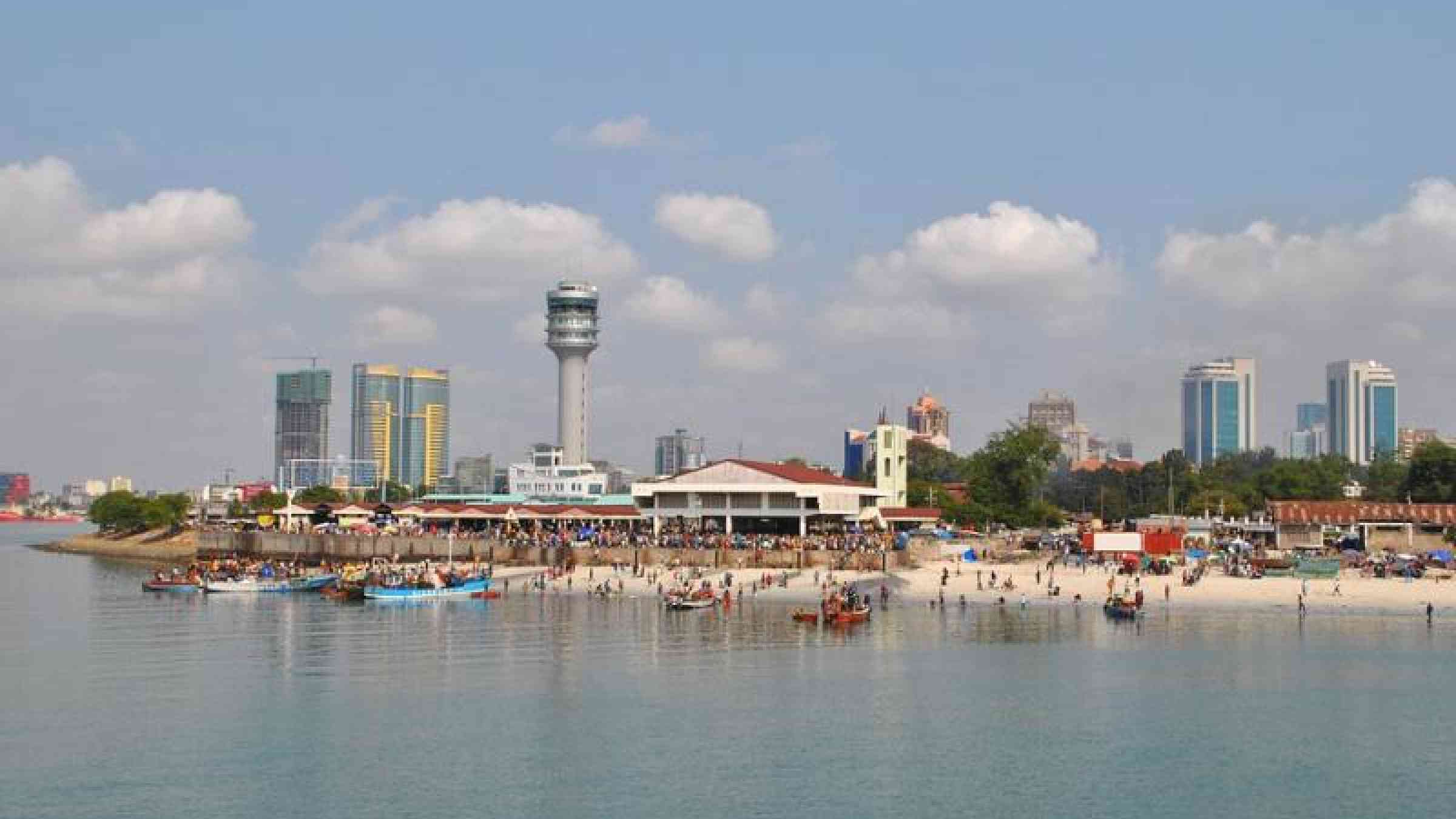Tanzania: Why do people live in flood-prone areas? Reflections from Dar es Salaam

By Alexandra Panman, Ian Madison, and Jean-Benoît Falisse
The Msimbazi River makes a volatile neighbor. With depressing regularity, the river breaks its banks and inundates houses built on its low-lying floodplains. During the 2014 rains, 600 houses were flooded in the riverine Kigogo Ward alone; thirteen of which were completely destroyed. Yet, as the floodwaters recede, people return.
“What is wrong with these people?” people often say. “They should not be there; they know it’s not safe!” Citizens, journalists, and policymakers, express disbelief that people relocated to safer parts of the city return to their former, flood-prone neighborhoods. So why do they do it?
Residents of these flood-prone areas are often among the poorest and most vulnerable. But they are not stupid. They make the best choices they can, given the constraints they face. It’s therefore important to ask a different question; what shapes their choices? Our ongoing research in Dar es Salaam suggests three interconnected factors:
Lack of infrastructure can make safe locations hazardous. Eliza is an elderly resident of a flood prone ward. She built her house nearly 30 years ago, when the area was still mostly agricultural. In the rainy season, the land absorbed excess water. Over time, the neighborhood has become a dense, winding settlement. Land has become less permeable as housing structures increase. Drains often get blocked by garbage. To make matters worse, recently, some houses have been built in places that interrupt the path of rainwater runoff. Surging water now gets funnelled directly towards houses like Eliza’s, picking up garbage, debris, and human waste.
Eliza loves her house and values the position she has in the community as one of the first who arrived. She knows everyone; moving is unthinkable. Despite her upbeat demeanor, her anxiety about leaving these connections is revealed when she jokes that she would be mistaken for a witch if she went somewhere else. Many of the challenges she faces can be mitigated through the improved management of infrastructure. So, the World Bank and the UK Department for International Development have partnered with the Tanzanian government to help flood-prone communities identify and prioritize infrastructure needs, as one of a set of coordinated activities to improve preparation and respond to climate related disasters under the Tanzania Urban Resilience Program (TURP).
Lack of transport means that relocating requires finding a new job. Many people in flood prone areas walk to work. It may take an hour or more, but walking is free, and you can estimate the time it will take with confidence. People that live in the periphery not only spend hours on buses, but further rely on a boda boda (motorcycle taxi) to get from the main road to their plot.
Joseph currently rents two rooms in a flood-prone area, but he dreams of building his own house one day. He’d like to buy a nice plot in the periphery of the city, where the land is still cheap. But he knows that he wouldn’t be able to keep doing his current job if he ever managed to fulfill this dream.
The Tanzanian government has taken many important steps to address congestion in the city, including developing an internationally acclaimed Bus Rapid Transport (BRT) system that serves 160,000 passengers per day. But for the poorest, the BRT remains unaffordable. A commuter can expect to spend 26,000 Tsh a month on the BRT (return trip, five days a week). This is almost equivalent to the median monthly rent for a room in the city (Panman and Lozano-Gracia, forthcoming).
Lack of affordable housing means high-risk areas are also cheap places to live. In flood prone areas, most tenants either pay month-to-month or three months in advance. In safer areas, pre-payment periods can be as high as one or two years. When owner-occupiers are expropriated and relocated, what happens to tenants? Without savings to pay rents in advance, they will have few options but to relocate to other equally precarious accommodation. This may further feed into the cycle of vulnerable people returning to flood areas.
Living next to the Msimbazi River seems an almost hopeless proposition. Yet for many, there is little alternative. The Tanzanian government and its international partners are working to help those who have the Msimbazi as a neighbor a little less risky.
Note: names have been changed for anonymity.